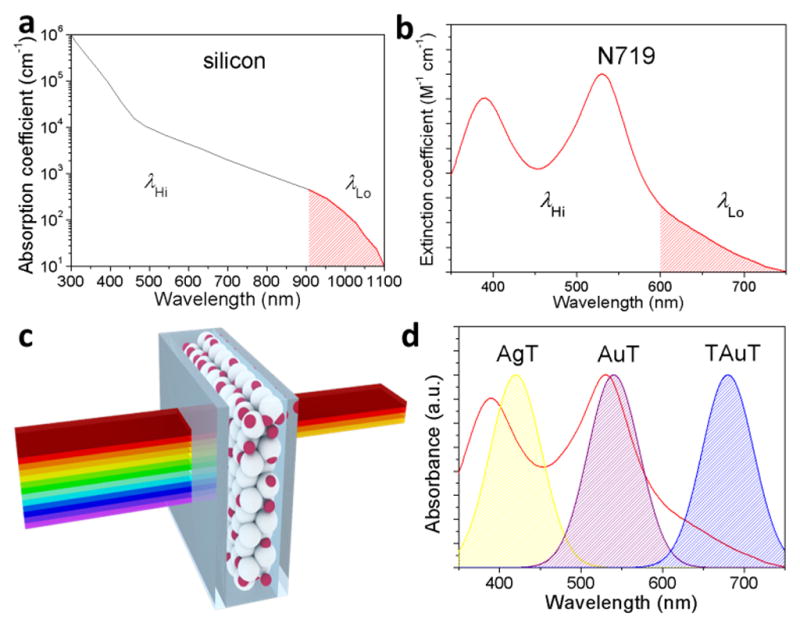Figure 1. Spectral response of the LH of a solar cell and tunable LSP-enhanced broadband LH.

a, b, the absorption coefficient of bulk silicon (a) and extinction coefficient of N719 (b); the shaded areas are low LH regions, which require thicker photoactive layers to achieve efficient LH. c, a schematic of the spectral response of a solar cell. The solar energy is less utilized at λLo (usually red-NIR). d, illustrations of enhancing EM intensity by AgT (yellow), AuT (purple), and TAuT (blue) plasmonic NPs. λLSPR of AgT and AuT overlaps with λHi of N719, maximizing the effect of LSP-enhanced LH. λLSPR of TAuT matches λLo of N719, balancing LH at different wavelengths.
